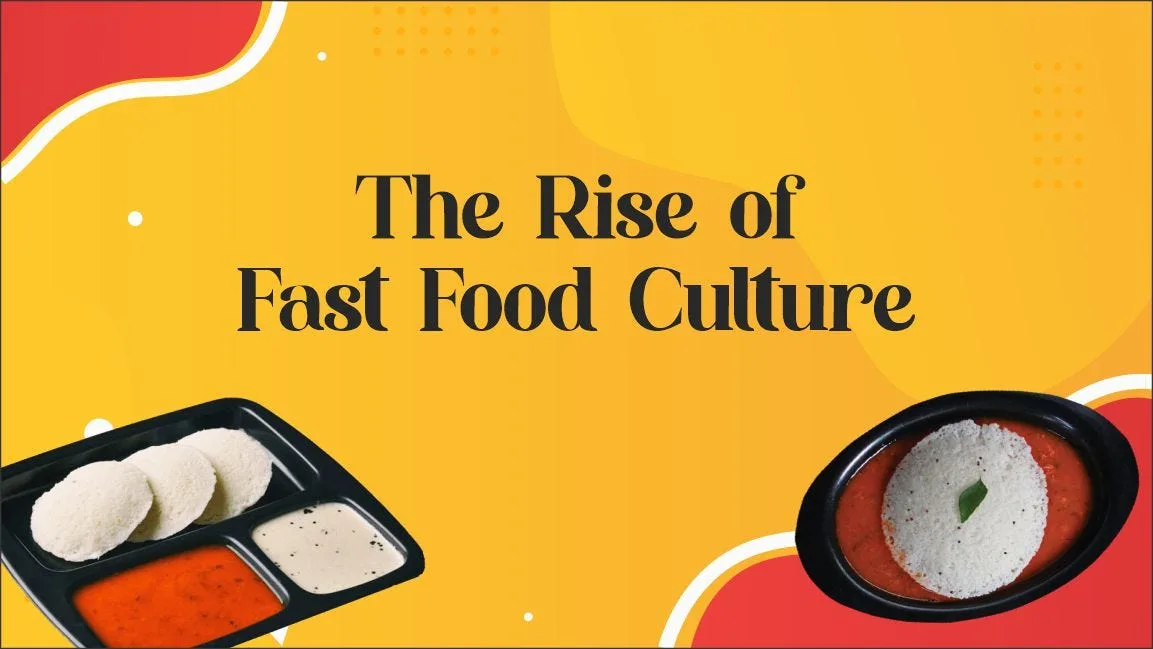Fast Food
The Evolution of Fast Food: From Origins to Global Phenomenon
Fast food, once a novel concept, has grown into a global industry worth billions of dollars. Its journey from humble beginnings to a ubiquitous presence in virtually every country is a fascinating story of innovation, cultural adaptation, and evolving consumer tastes.
Early Beginnings
The concept of fast food can be traced back to ancient Rome, where street vendors sold quick and affordable meals to the working class. However, the modern fast food industry began in the United States in the early 20th century.
White Castle: The Pioneer
Founded in 1921 in Wichita, Kansas, White Castle is often credited as the first fast food chain. Its success was built on the standardized preparation of small, square hamburgers known as “sliders.” White Castle’s innovation lay in its ability to produce consistent, affordable food quickly, setting the stage for the fast food industry.
The Rise of McDonald’s
The opening of the first McDonald’s restaurant by Richard and Maurice McDonald in 1948 revolutionized the industry. Their assembly-line approach to food preparation significantly reduced service times and costs. Ray Kroc, a milkshake machine salesman, saw the potential in the McDonald brothers’ operation and helped turn McDonald’s into a global franchise, emphasizing uniformity, speed, and cleanliness.
Expansion and Adaptation
Throughout the mid-20th century, other fast food chains emerged, each bringing something new to the table:
- Burger King: Founded in 1954, Burger King introduced the flame-broiled method of cooking burgers, adding a distinct taste to their offerings.
- KFC: Kentucky Fried Chicken, founded by Colonel Harland Sanders in 1952, popularized fast food chicken with its secret blend of 11 herbs and spices.
- Taco Bell: Founded in 1962, Taco Bell brought Mexican-inspired fast food to the masses.
Globalization of Fast Food
The success of American fast food chains prompted expansion into international markets. McDonald’s opened its first international location in Canada in 1967, followed by outlets in Europe, Asia, and beyond. This global expansion was not without its challenges; fast food chains had to adapt their menus to local tastes and cultural norms.
For example, in India, McDonald’s offers a range of vegetarian options to cater to the large vegetarian population, while in Japan, unique items like the Teriyaki Burger reflect local flavors.
Health Concerns and Industry Response
As fast food grew in popularity, so did concerns about its health impacts. High levels of fat, sugar, and sodium in fast food have been linked to obesity, heart disease, and other health problems. In response, many fast food chains have introduced healthier options, such as salads, fruit, and grilled items, and have begun offering nutritional information to help consumers make informed choices.
Technological Innovations
The fast food industry has continually adapted to technological advancements. Drive-thru services, first introduced by In-N-Out Burger in 1948, have become a standard feature, providing convenience to customers. More recently, the rise of mobile apps and delivery services has transformed how consumers access fast food, allowing them to order and receive meals with unprecedented ease.
The Future of Fast Food
Looking ahead, the fast food industry is likely to continue evolving in response to changing consumer preferences and technological advancements. Trends such as plant-based alternatives, sustainability initiatives, and digital innovation are shaping the future of fast food. Companies are investing in environmentally friendly practices, such as reducing plastic waste and sourcing ingredients responsibly, to meet the growing demand for ethical and sustainable options.
The evolution of fast food from its early beginnings to a global phenomenon is a testament to the industry’s ability to innovate and adapt. While challenges remain, the fast food industry continues to find new ways to meet consumer needs and preferences, ensuring its place in the modern culinary landscape.

